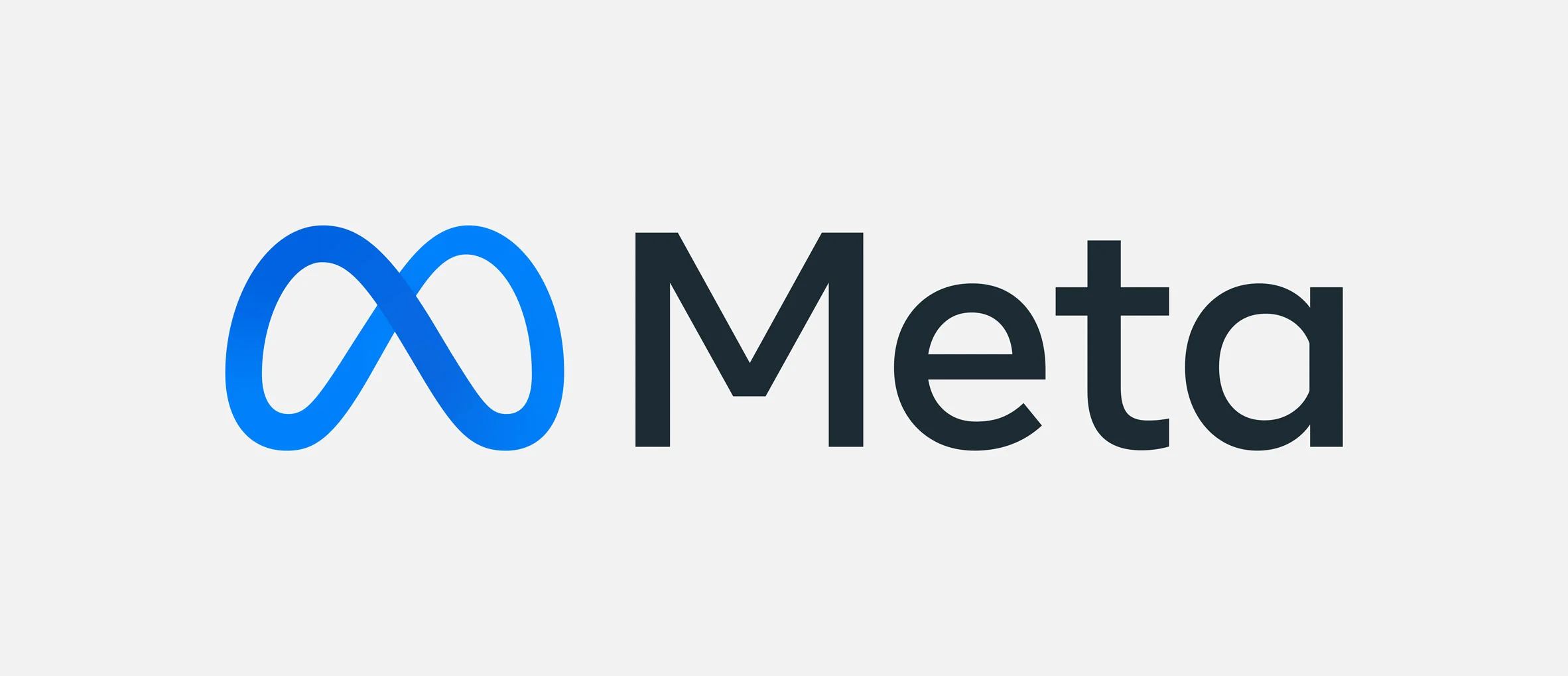What is Portfolio Website?

Introduction
A portfolio website collects work samples, projects, and professional accomplishments. It is one of the most effective ways to showcase your work, skills and achievements. This blog will explore the definition, benefits and key elements of a portfolio website and provide tips for creating one that stands out.
A portfolio website is a digital resume, providing potential employers, clients, or collaborators with an accessible way to review your work and assess your skills and expertise. Portfolio websites are mostly used by creative professionals such as designers, artists, photographers, writers, and developers, but they can be valuable for anyone looking to highlight their work and achievements.
Benefits of Having a Portfolio Website
- Showcase Your Work: A portfolio website gives a platform to display your best work. It allows you to curate a collection of your projects, presenting them as visually appealing and organized.
- Enhance Professionalism: A dedicated website for your portfolio demonstrates professionalism and commitment to your craft. It shows that you take your work seriously and are willing to invest in showcasing it properly.
- Accessibility: A portfolio website is accessible 24/7 from anywhere in the world. This means potential clients or employers can view your work at their convenience, increasing your chances of being discovered.
- Control Over Presentation: Unlike social media profiles or third-party platforms, a portfolio website gives you complete control over the design and presentation of your work. You can customize the layout, colours, fonts, and overall user experience to reflect your brand.
- SEO Benefits: A well-optimized portfolio website can be beneficial for your website’s visibility in search engine results, making it easier for people to find you when searching for relevant keywords.
- Networking Opportunities: By including a contact form to your social media profiles, a portfolio website can facilitate networking and lead to new opportunities, collaborations, or job offers.
Key Elements of a Portfolio Website
- Home Page: The home page is visitors’ first impression of your portfolio. It should be visually appealing and briefly overview who you are and what you do.
- About Page: This page should include a bio highlighting your background, skills, and professional journey. It’s a chance to tell your story and connect with your audience personally.
- Portfolio/Work Samples: This section is the heart of your website. Organize your work into categories or projects, including high-quality images, descriptions, and relevant details showcasing your process and results.
- Resume/CV: Including a resume or CV provides an inclusive overview of your professional experience, education, and skills. This can be a separate page or a downloadable PDF.
- Testimonials: Adding testimonials from clients, employers, or colleagues can build credibility and trust. Positive feedback from others reinforces your expertise and professionalism.
- Contact Information: Make it simple for visitors to contact you. Include a contact form, email address, phone number, and links to your social media profiles.
- Blog (Optional): A blog can be a significant way to share insights, updates, and showcase your expertise. It also helps with SEO and keeps your website content fresh.
Tips for Creating an Outstanding Portfolio Website
- Keep it Simple: A simple design allows your work to take centre stage. Avoid clutter and focus on showcasing your projects effectively.
- High-Quality Visuals: Use high quality images and videos to display your work. Visual quality can make a significant impact on how your portfolio is perceived.
- Be Selective: Only include your best work. It’s better to have a smaller number of high-quality projects than many mediocre ones.
- Provide Context: Include descriptions and explanations for each project. Explain your role, the goals of the project, the process you followed, and the outcomes.
- Mobile-Friendly Design: Ensure your portfolio website is responsive and looks outstanding on all devices, including mobile devices and tablets.
- Regular Updates: Keep your portfolio current by regularly adding new projects and removing outdated ones. This shows that you are active and continuously working on new things.
Conclusion
A portfolio website is a high-powered tool for showcasing your work, enhancing your professional image, and attracting new opportunities. Whether you are a creative professional, a developer, or someone looking to highlight your achievements, a well-executed portfolio website can help you stand out in a competitive market. By understanding its benefits, incorporating key elements, and following best practices, you can create a portfolio website that productively represents your skills and accomplishments, opening doors to new possibilities and success.











